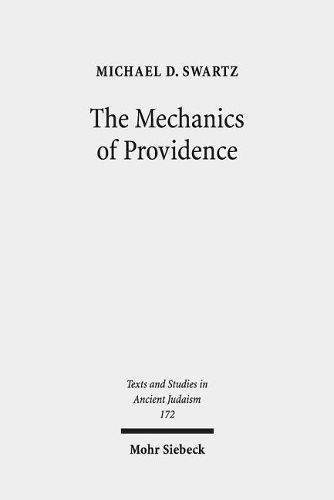Readings Newsletter
Become a Readings Member to make your shopping experience even easier.
Sign in or sign up for free!
You’re not far away from qualifying for FREE standard shipping within Australia
You’ve qualified for FREE standard shipping within Australia
The cart is loading…






The phenomena we call magic and mysticism had a profound effect on the shaping of Judaism in late antiquity. In this volume, Michael D. Swartz offers a wide-ranging study of the purposes, world-views, ritual dynamics, literary forms, and social settings of ancient Jewish magic and mysticism and their function in religion and history. Based on the author’s studies over the past few decades, he proposes innovative methods for the study of these two phenomena. The author focuses especially on the rituals of early Jewish magic and mysticism, their social contexts, and the textual dimension of this complex literature. He also offers introductions to these phenomena. Michael D. Swartz argues that the authors of these texts employed intricate technologies, literary and artistic forms, and physical practices to negotiate between the values and world-views of their cultures and the texture of everyday life.
$9.00 standard shipping within Australia
FREE standard shipping within Australia for orders over $100.00
Express & International shipping calculated at checkout
The phenomena we call magic and mysticism had a profound effect on the shaping of Judaism in late antiquity. In this volume, Michael D. Swartz offers a wide-ranging study of the purposes, world-views, ritual dynamics, literary forms, and social settings of ancient Jewish magic and mysticism and their function in religion and history. Based on the author’s studies over the past few decades, he proposes innovative methods for the study of these two phenomena. The author focuses especially on the rituals of early Jewish magic and mysticism, their social contexts, and the textual dimension of this complex literature. He also offers introductions to these phenomena. Michael D. Swartz argues that the authors of these texts employed intricate technologies, literary and artistic forms, and physical practices to negotiate between the values and world-views of their cultures and the texture of everyday life.